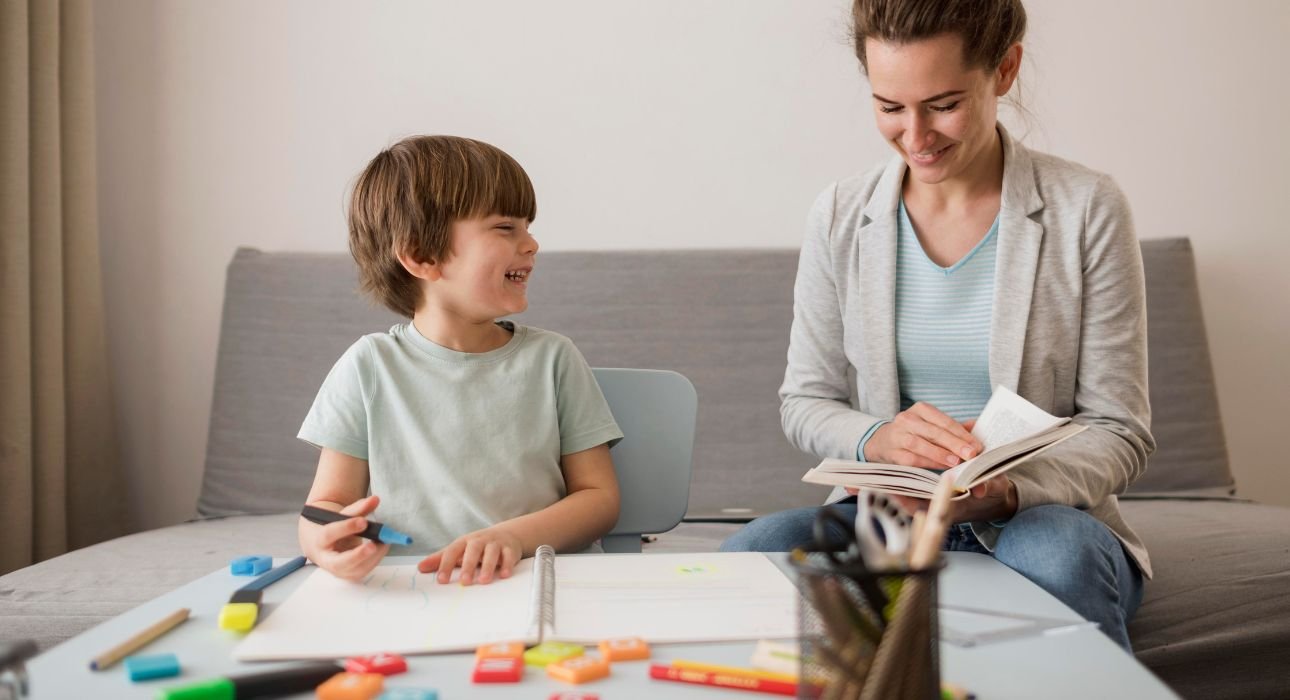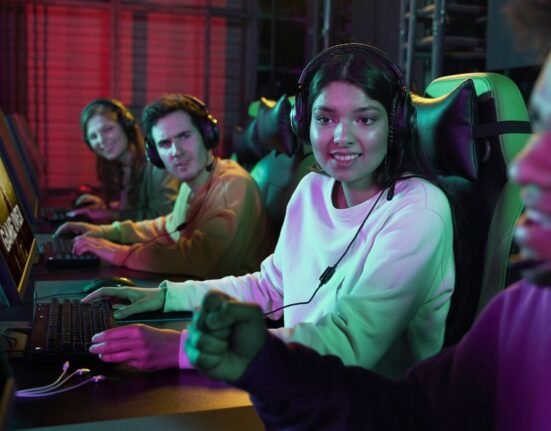Mental Health includes Emotional, Psychological and Social well-being. Any individual can suffer from mental health problems irrespective of their age and gender. It is imperative to take care of our mental health and people must agree to the fact that “It is OK to seek help”. Anxiety is one of the most common mental disorders prevalent among adolescents as they undergo rapid physiological and psychological changes.
Systematic review and meta-analysis have shown that there is a significant burden of anxiety disorders among adolescents in India. Generalised anxiety disorder (GAD) in children or adolescents denotes unnecessary worry and tension about daily events that cannot be controlled and the worry creates difficulty in performing routine tasks. In this article, the author elucidates how GAD can be treated by CBT (Cognitive Behaviour Therapy) with the help of a case study.
Read More: Generalized Anxiety Disorder(GAD): From Overwhelm to Overcome
GAD: Diagnosis & Treatment
The case volunteered to the counsellor/author stating that she had fear for everything without a cause. She is a 13-year-old badminton player. Despite regular practice, she lost the matches and her academics were poor. While playing a match, she becomes panicked and loses focus when the opponent scores a point. During exams when she forgets the answer to one question, she starts sweating and trembling and finds it hard to remember other answers. She is a perfectionist and concentrates more on presentations. She has difficulty with time management and sleep. There is no history of childhood trauma.
The subject is diagnosed with General Anxiety Disorder (GAD), a condition that keeps her constantly worrying about everyday issues and situations. It also causes fear and a constant feeling of being overwhelmed. Though she says there is no particular reason for the fear, there are certain causes. They are,
- Loneliness: She is a single child born to working parents;
- Over Expectation: Her grandmother finds fault and gives suggestions in everything she does;
- Setting unrealistic Goals: She has set certain unrealistic goals for herself to excel in academics and sports to make her parents proud.
The treatment that was followed to treat GAD was Cognitive Behaviour Therapy (CBT). The counsellor mainly focused on identifying and challenging the negative thought patterns and behaviours that contribute to anxiety. In addition, the counsellor also equipped her with coping strategies and relaxation techniques to manage anxiety symptoms in real-life situations. Considering the school environment, it took twelve counselling sessions with a gap of 3 days and daily homework.
Each session started with JPMR (Jacobson’s Progressive Muscle Relaxation (JPMR) for peaceful mind and relieving physical stress) and Breathing Exercises followed by counselling. Daily homework and relaxation breathing were done at home regularly by the subject. Imagery Technique was taught wherein the counsellor asked her to imagine a badminton match and try to play it without panicking, which was done daily before bed. The counsellor didn’t focus on multiple situations but chose to work only on badminton.
It was a gradual process, she didn’t face a victory in her first imagery match wherein she gradually scored well and it took almost 10 imagery matches for her to succeed. Following this Systematic Exposure, she played a game with her father at home and won it for the first time. Imagination of other situations that stimulate anxiety was suggested. Time Management techniques were also taught. At the end of a month, she has learned to face situations that made her feel anxious. Regular follow-up was done once in ten days for a month. As a result of it, she won a district-level badminton match and her scores also improved in academics.
The subject rightly spotted that she was undergoing something (GAD) that hindered her progress. She had the maturity to seek help from the counsellor. Her dedication and trust in the process helped her overcome GAD.
Read more: Cognitive Behavioural Therapy: Concepts, Types & Techniques
CBT in School Counselling
CBT is one of the effective therapies for treating anxiety disorders, depression, eating disorders, panic attacks, phobias, etc. CBT helps children learn coping skills, think differently and restructure their thoughts. Some techniques followed in CBT are Journaling, Problem Solving, Exposure, Guided Discovery, Cognitive Distortions, Role Playing, Thought Recording, Cognitive Rehearsal, Imagery, etc.
The author has used CBT effectively for treating GAD and recommends the same to treat similar cases found among school children. Based on the nature of the problem/ causation factors faced by the individual, the techniques used can be selected. In this case, the Imagery technique and regular relaxation were given. Relaxation therapy also can be used in treating any kind of disorder. When any individual feels that their mental peace is disturbed they must feel free to seek help. Early diagnosis and treatment can improve the quality of life of many children. For all these issues CBT and other therapies can be combined and used.
Read More: Cognitive Distortions 101: The Hidden Link Between Cognitive Distortions, Anxiety, and Depression
Conclusion
Common problems faced by school students are stress, anxiety while facing exams and competitions, eating disorders, gadgets and drug addiction. The author recommends CBT for treating GAD among school children.
As a matter of fact, many parents are still showing reluctance to seek psychological help. Teachers also should encourage students to seek counselling without any hesitation. The principal sets the tone for the school culture and she can make counselling available for all students without any barrier and make it normal to seek assistance when anyone is not keeping well mentally.
If CBSE had not included counsellors in a school, it would be challenging for children to make their parents understand the problem they are facing. The best practices/success stories shared/published by CBSE will guide all the stakeholders to follow the same.
References +
- Pal, D., Sahu, D. P., Maji, S., & Taywade, M. (2022). Prevalence of Anxiety Disorder in Adolescents in India: A Systematic Review and Meta-Analysis. Cureus. https://doi.org/10.7759/cureus.28084
- Gale, C. K., & Millichamp, J. (2016). Generalised anxiety disorder in children and adolescents. BMJ Clinical Evidence, 2016, 1002. https://www.ncbi.nlm.nih.gov/pmc/articles/PMC4711893/













Leave feedback about this